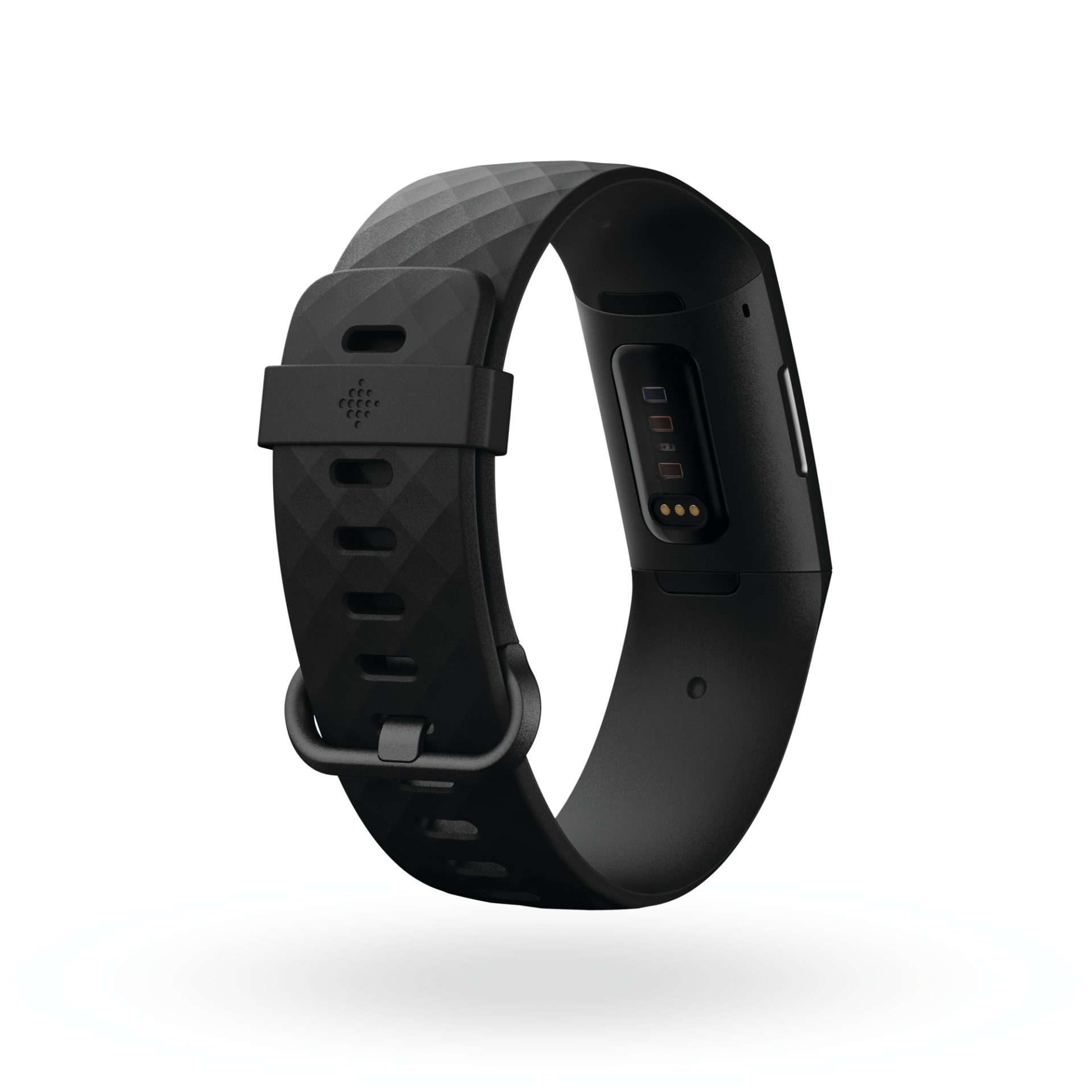

The main aim here is to look for stressful moments, but because sweat can also be an indicator of a change in temperature, excitement, or a bunch of other emotions, Fitbit calls these moments "EDA events". This in turn is taken as a sign of changes in sweat production. The Charge 5 EDA sensor uses the same outer hardware, but looks for changes in the conductivity of your skin. In the ECG mode, the Charge 5 analyzes the electrical signals of your heart to check for signs of atrial fibrillation - an irregular heartbeat. These stand for electrocardiogram (ECG) and electrodermal activity (EDA), and both use the metal pads on the sides of the casing as electrodes. The Charge 5 also has ECG and EDA hardware. While you can track runs and walks without one, we found the Inspire 3's distance and pace stats are pretty bad when you do so. To get the same results with an Inspire 3 you'll need a phone connected over Bluetooth while you exercise. GPS is the first, letting you run, walk or cycle without a phone. The Charge 5 has several pieces of hardware that are missing from the Inspire 3, making it a more flexible fitness tracker. On the inside, the Inspire 3 and Charge 5 are quite different. Related: Fitbit vs Apple Watch: Which fitness tracker is better? Fitbit Inspire 3 vs Charge 5: Features Touch both sides with your thumb and finger and the band heads back to its clock display. They are both touchscreens too, and the Fitbit Inspire 3 uses little capacitive side panels to act as another control surface. They are both vibrant-looking OLEDs, have automatic brightness, good peak brightness and the same pixel density. The Charge 5 is slightly larger (1.04 inches compared with 0.76 inches). Looking at the two displays side-by-side, they're quite similar. Thankfully, plastic screen wearables are rare these days - these pick up scuffs and scratches easily. However, they both have a toughened glass screen. Its screen surround is aluminum, while the Inspire 3 is plastic.

The Fitbit Charge 5 has a more upmarket build. However, some may find the Inspire 3 a little more comfortable, since it's slighter and lighter. Whereas the Inspire series is a set of super slim and light trackers for passive use, the Charge 5 is a bit more unusual: It bridges the gap between a skinny tracker band and a full-on runners' watch. The Fitbit Charge 5 is a slightly chunkier fitness tracker than the Inspire 3.

Fitbit Inspire 3 vs Charge 5: Design and display However, the Charge's price has since dropped to $149.99/£129.99, making it a pretty attractive buy.


 0 kommentar(er)
0 kommentar(er)
